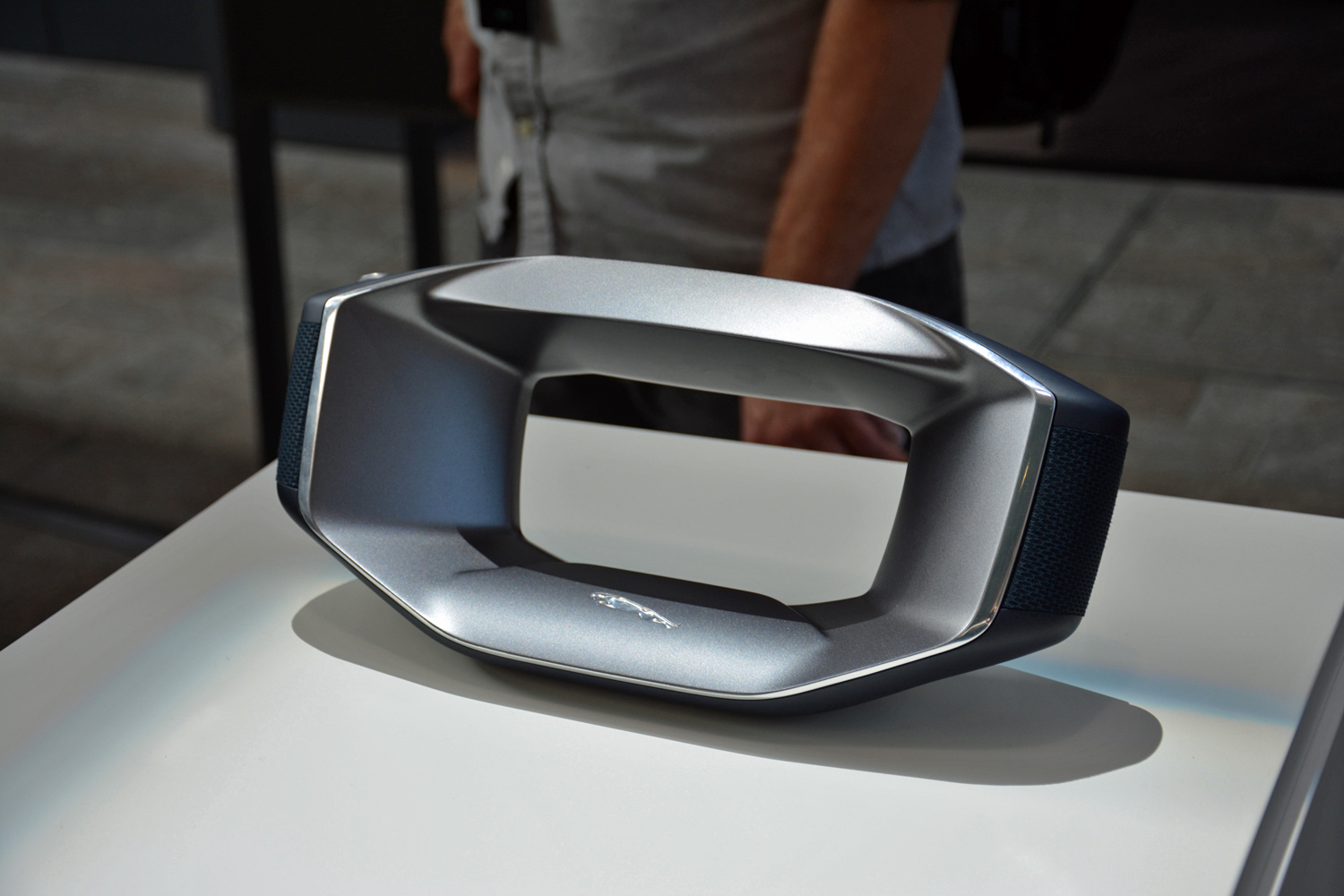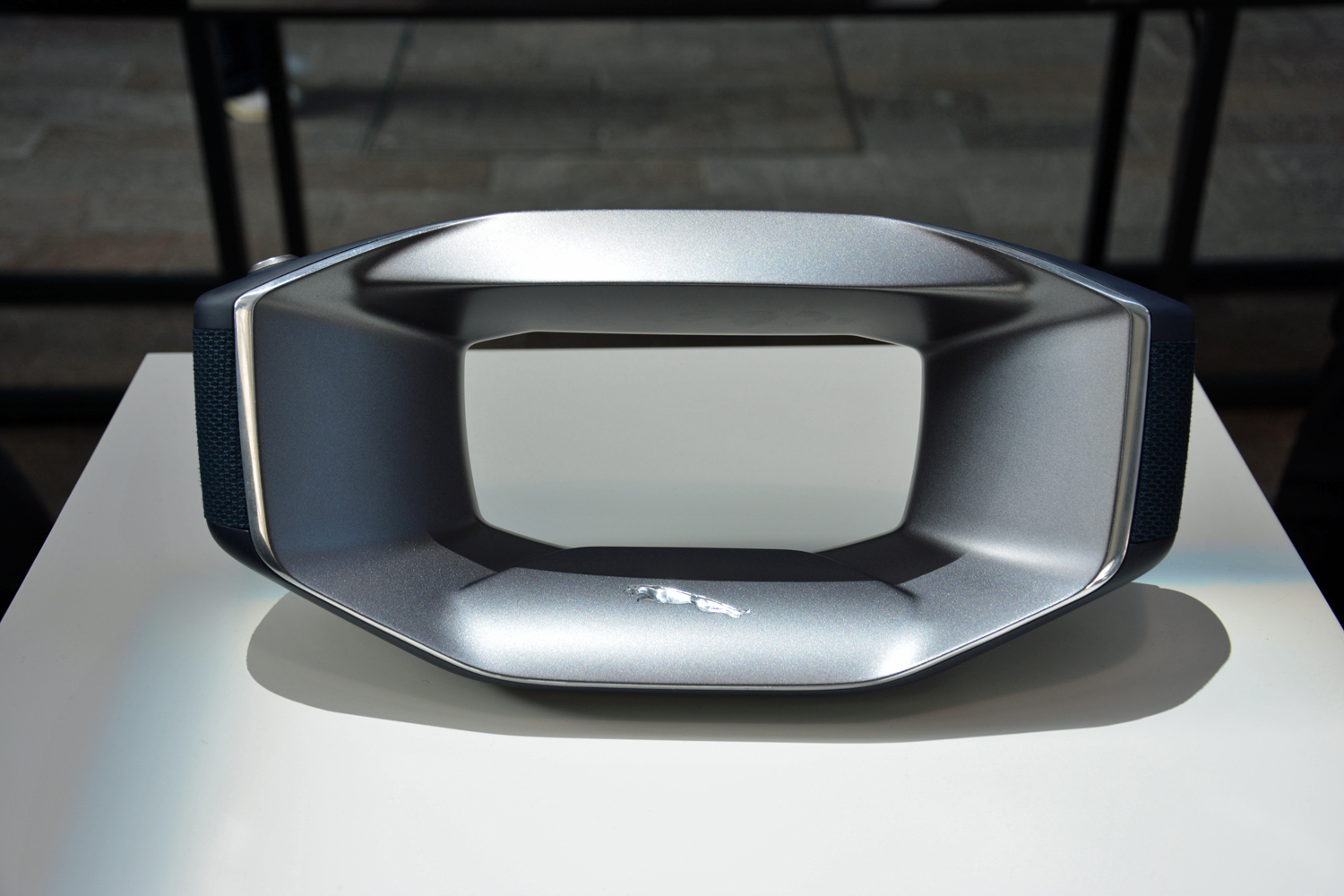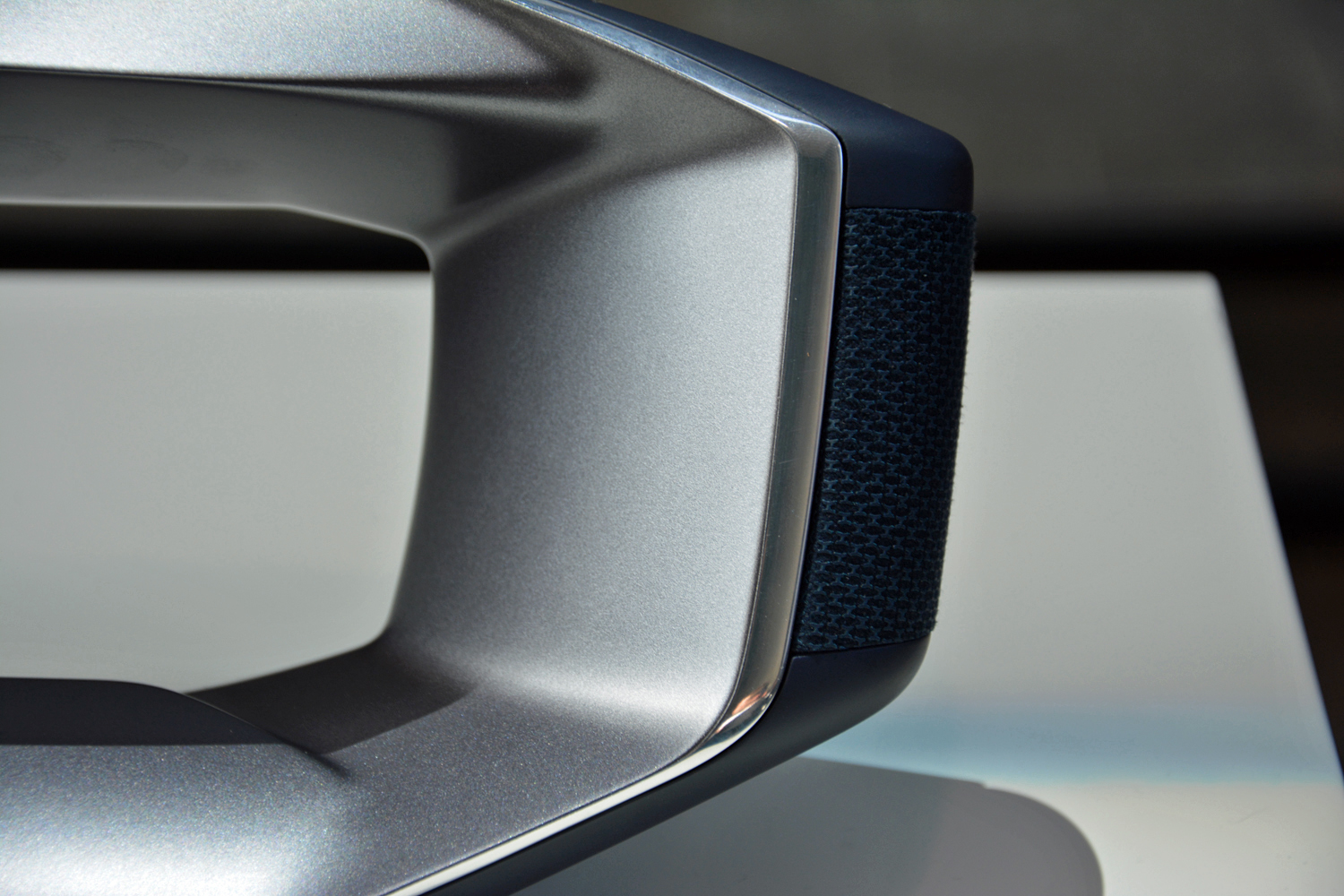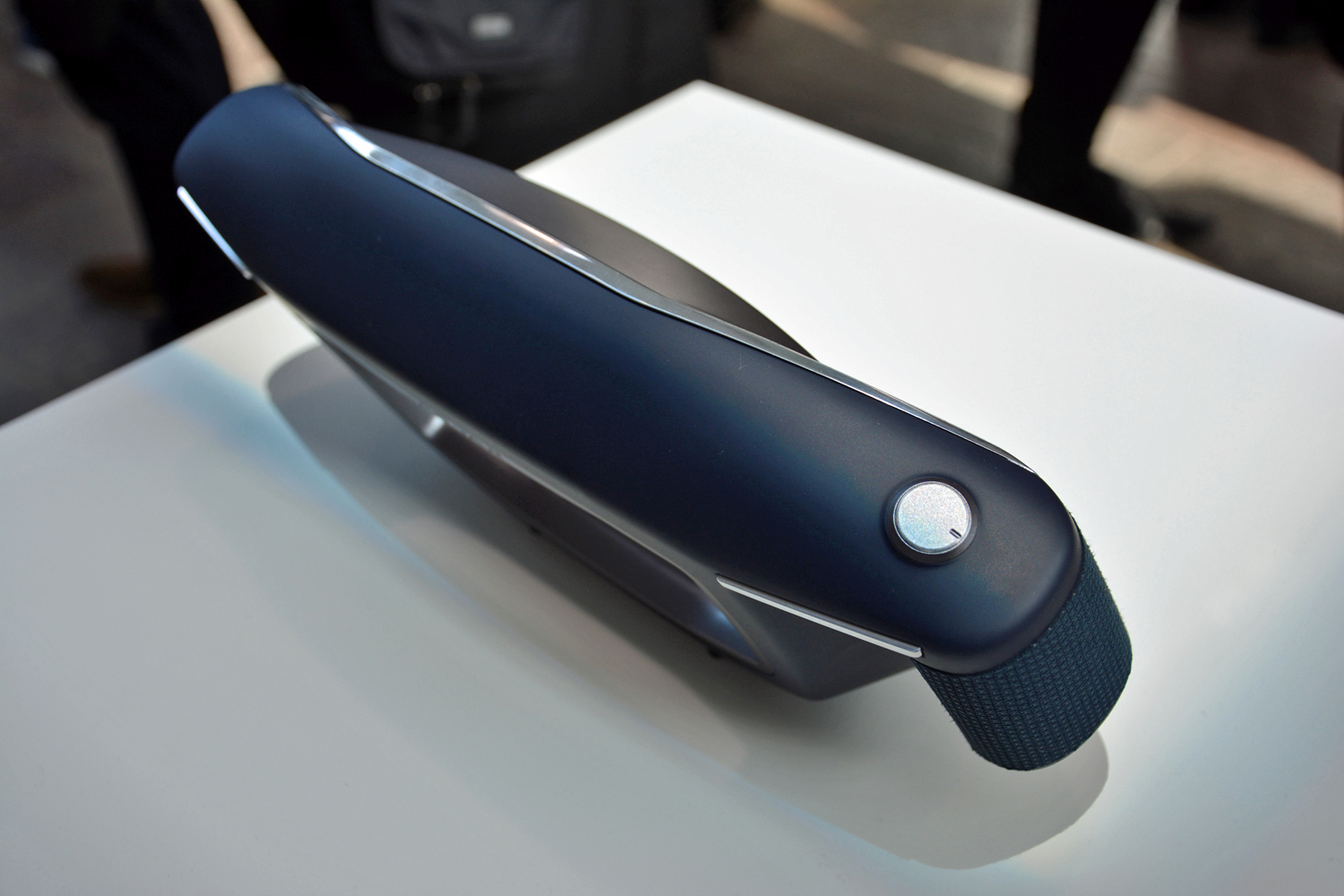Jaguar firmly believes the future of the automotive industry is electric, autonomous, connected, and shared. The British company is illustrating its vision of the future of mobility with a science fiction-esque concept car named Jaguar Future-Type. It’s a preview of what a compact luxury car could look like in about 2040.
The XE is Jaguar’s current compact luxury car, so the Future-Type marks a drastic departure from the accepted definition of what a car should — and shouldn’t — be in 2017. Almost none of the styling cues found on today’s cars are present on this design study. There is no hood, the radiator grille is gone, the windows are heavily tinted, the headlights are ultra-thin units integrated into the fenders, and the silhouette looks like it was penned by NASA for a mission to Mars. Jaguar design boss Ian Callum previously predicted electrification would revolutionize car design, and the Future-Type shows how it could happen.
The Future-Type is built around Sayer, an equally futuristic spoke-less steering wheel (pictured above) which relies on artificial intelligence to double as a personal assistant. The steering wheel is removable, and Jaguar predicts it’s the only part of the car motorists will own in a world where cars are shared by members of a community, not purchased by individuals. Sayer keeps track of the driver’s daily agenda, and it’s also used to select which type of information he or she is presented with at any given time. For example, users can tell it to stop showing work-related notifications after regular office hours.
Technical specifications haven’t been announced. All we know so far is that the Future-Type is electric, and it’s always fully charged. It’s entirely autonomous, but motorists can choose to take the wheel when they’re traveling on an enjoyable stretch of road. While Jaguar assures us cars in the long-term future will still be exhilarating to drive, a spokesperson told Digital Trends the company believes driving will become more of a novelty than a necessity.
“Our vision for mobility in 2040 and beyond is demonstrated by Future-Type,” said Jaguar – Land Rover Ralf Septh during the first-ever JLR Tech Fest in London, England. He suggested the concept perfectly falls in line with the British government’s controversial plan to ban gasoline- and diesel-powered cars by the year 2040, but he stressed the infrastructure needs to catch up before vehicles like the Future-Type can become a reality.
“We as a company can deliver electric vehicles,” he pointed out. “Where is the network of charging points that they will require to function? Indeed, where is the power grid that will allow us to build them?”
Editors' Recommendations
- NASA’s Mars rover uses its self-driving smarts to navigate toughest route
- NASA’s Perseverance rover shares its top Mars photos from 2021
- Perseverance selfie shows it’s been a busy Mars rover of late
- Watch the European Space Agency test the parachute for its new Mars rover
- China’s Zhurong rover has its mission extended, will continue exploring Mars










